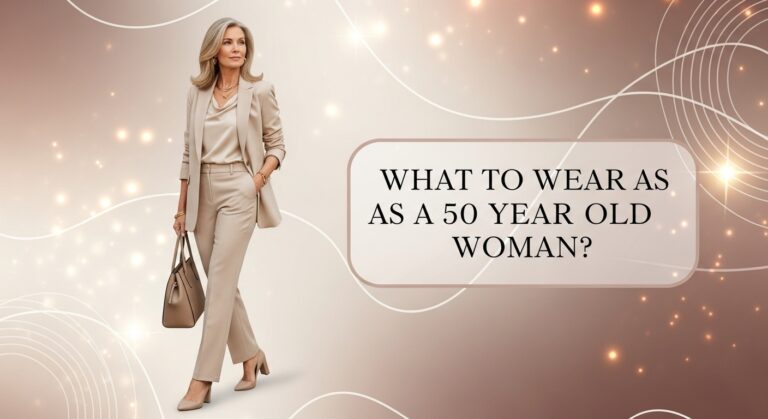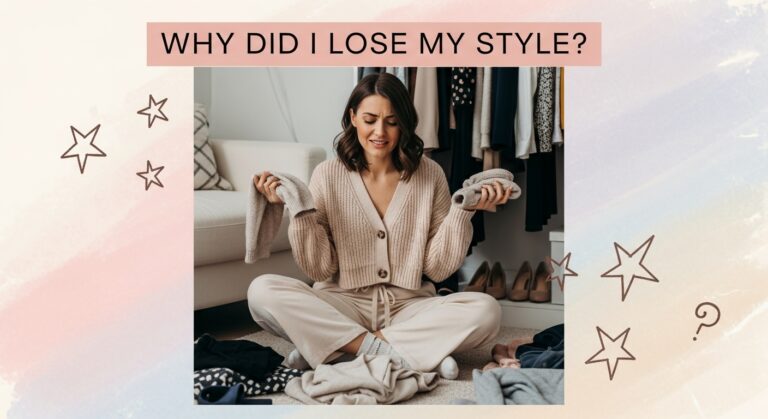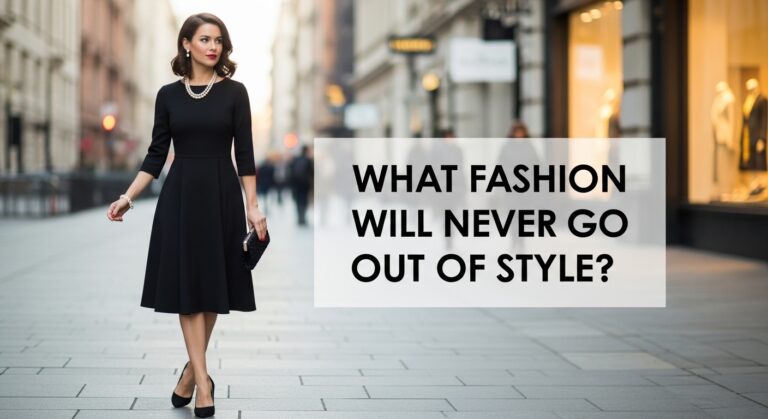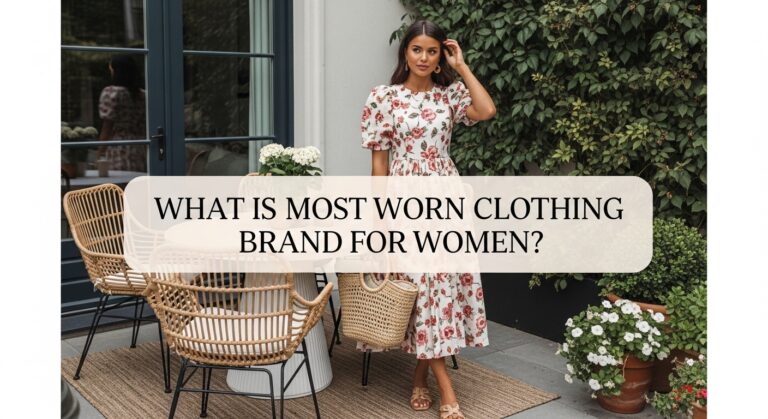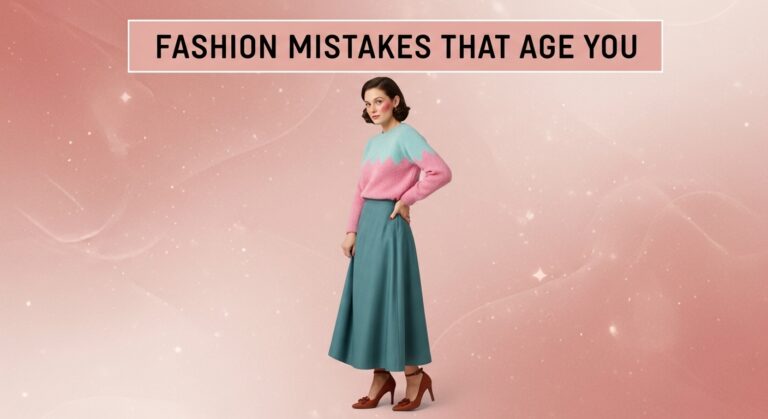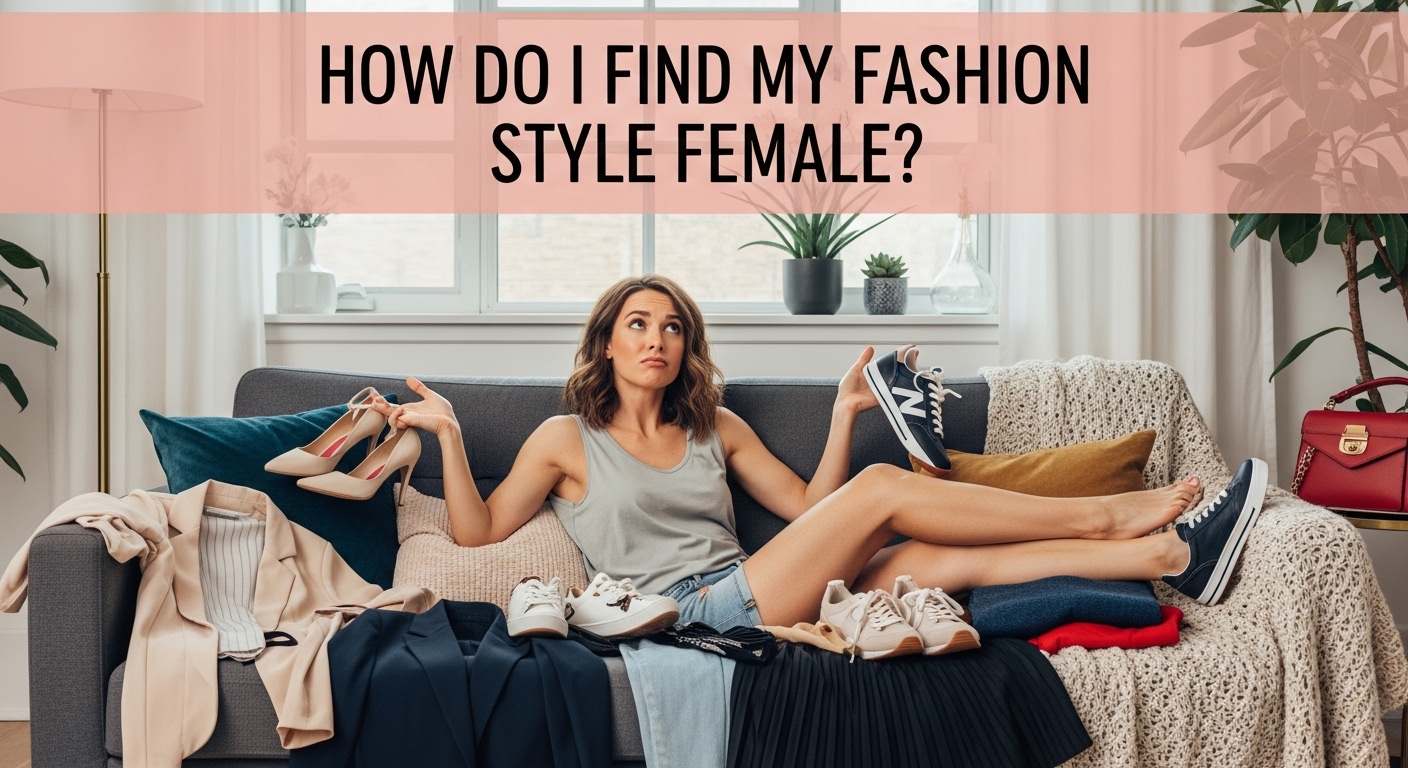
When I first started exploring my own style, I remember standing in front of my closet thinking, “Why do I have so many clothes but nothing to wear?” It wasn’t that I lacked options—it was that none of them really felt like me. That moment taught me something important: finding your fashion style isn’t about chasing every new trend, it’s about uncovering what feels natural, flattering, and true to who you are.
Style isn’t something you copy—it’s something you shape over time with intention. The right style gives confidence, tells your story without a single word, and makes getting dressed feel like a joy instead of a chore.
The quick answer is: begin with what makes you feel alive—those pieces you reach for again and again. Pay attention to your lifestyle needs, experiment with different looks, and notice which colors, fabrics, and shapes bring out your personality. Over time, your personal style will reveal itself as a clear reflection of you.
In this article, I’ll walk you through the steps I use and share practical ways to discover your fashion identity, understand your wardrobe habits, and learn how to dress in a way that feels timeless, authentic, and deeply personal.
Why does finding your fashion style matter?
Your fashion style matters because it influences how you feel about yourself and how others perceive you. Clothing is one of the first forms of self-expression people notice, making it a silent introduction before you even speak.
Studies in psychology show that what you wear can affect your confidence, mood, and even productivity. This is often referred to as “enclothed cognition.” For women, discovering a personal style means you save time deciding what to wear, spend less on clothes that don’t suit you, and feel more authentic in every setting—whether at work, social events, or daily routines.
A defined style doesn’t mean sticking to one look forever. It evolves as you do, but its foundation remains consistent. Once you know what resonates with you, shopping becomes easier and your wardrobe begins to work in harmony rather than chaos.
Where should I begin when trying to find my fashion style?
The best starting point is self-reflection. Ask yourself: What do I want my clothes to say about me? Are comfort and practicality more important, or do I enjoy making a statement?
Begin by:
- Looking at your current wardrobe and pulling out the pieces you wear most. Patterns will emerge—maybe you gravitate toward soft fabrics, neutral colors, or tailored cuts.
- Creating a mood board on Pinterest or saving Instagram posts of outfits you love. Over time, you’ll notice repeating themes like minimalism, bohemian flow, or edgy streetwear.
- Considering your lifestyle—your job, hobbies, and social life should influence your wardrobe. A teacher may need comfortable yet polished looks, while a creative professional might embrace bolder choices.
Once you recognize these common threads, you’ll have a clearer direction for your style foundation.
What are the main types of women’s fashion styles?
Women’s fashion is incredibly diverse, but several core styles often form the base of personal wardrobes. Knowing these categories helps in identifying where you naturally lean.
- Classic: Neutral tones, tailored cuts, timeless pieces like blazers, trench coats, and pencil skirts.
- Bohemian: Flowing fabrics, earthy colors, vintage details, layered accessories.
- Minimalist: Simple silhouettes, monochromatic palettes, clean lines, and functional design.
- Streetwear: Sneakers, oversized fits, sporty aesthetics, bold prints, and urban flair.
- Romantic: Soft fabrics like lace or chiffon, pastel tones, feminine details like ruffles and florals.
- Edgy: Leather jackets, darker colors, metallic accents, structured shapes with attitude.
- Trendy: Constantly shifting with fashion cycles, often influenced by social media and celebrity culture.
Many women don’t fit into a single category—they mix and match. For example, you might love minimalist clothing for work but lean bohemian during vacations. The key is noticing which styles resonate most with your personality.
How do I discover which colors and fabrics suit me best?
Finding the right colors and fabrics makes a dramatic difference in how your style feels. Wearing tones that complement your skin undertone, hair, and eye color creates a natural glow, while fabrics that match your lifestyle add comfort and elegance.
Color analysis often breaks down into four seasonal categories:
- Spring: Warm undertones, light hair, best in peach, coral, ivory, and warm greens.
- Summer: Cool undertones, softer hair colors, suit pastels, lavender, dusty rose, and cool blues.
- Autumn: Warm undertones with deeper features, look radiant in earthy tones like mustard, olive, rust, and camel.
- Winter: Cool undertones with high contrast (dark hair, fair skin), shine in jewel tones, black, and crisp white.
When it comes to fabrics, think practical as well as aesthetic. If you live in a hot climate, breathable fabrics like cotton and linen will feel better than heavy wool. For structured outfits, consider tailored blends with polyester or wool.
Testing fabrics in fitting rooms can help you notice what drapes naturally, what feels soft on your skin, and what maintains shape after hours of wear.
How can experimenting help me define my fashion style?
Experimenting is one of the fastest ways to clarify your preferences. You won’t know if a wide-leg pant or a bold print works for you until you try it. Instead of buying everything new, consider:
- Renting clothing through fashion rental services.
- Shopping secondhand for affordable experimentation.
- Borrowing from friends for a day to see how a style feels.
When you experiment, take note not just of how you look, but how you feel. Does the outfit give confidence? Does it align with your lifestyle, or does it feel forced? Keeping a journal or taking mirror selfies can help you track progress and spot consistent favorites.
What role do accessories play in defining personal style?
Accessories are often the signature touch that makes your fashion style distinct. Even with simple outfits, accessories communicate personality—think of Jackie Kennedy’s oversized sunglasses or Coco Chanel’s layered pearls.
Scarves, handbags, belts, and jewelry can all alter the feel of an outfit. For example, a plain white shirt can feel classic with a pearl necklace, edgy with layered chains, or bohemian with a fringed scarf. Shoes also dramatically shift the impression—sneakers versus stilettos tell two different stories.
Accessories allow you to experiment without overhauling your entire wardrobe. Once you identify your go-to pieces, they can become a recognizable part of your personal fashion identity.
Can fashion icons and role models help me define my style?
Yes, studying fashion icons is a powerful way to sharpen your personal style. These figures provide inspiration and show how a consistent aesthetic can work across occasions.
Think of Audrey Hepburn’s elegant minimalism, Rihanna’s fearless trendsetting, or Zendaya’s modern versatility. Each of them embodies a look that feels distinctly their own, not because of one outfit, but through consistency over time.
Choose a handful of women whose style resonates with you. Study their wardrobes, hairstyles, and accessories. Adapt what fits your life while keeping your individuality intact. You don’t need to copy them directly—just use them as a compass to define your unique version.
How do I build a wardrobe that reflects my style?
Building a style-aligned wardrobe is about intention, not accumulation. Start with core staples that form the foundation of your chosen aesthetic, then add statement pieces that show personality.
For example:
- A classic style wardrobe might start with a white button-up, black trousers, trench coat, and leather loafers.
- A bohemian wardrobe might center around maxi dresses, embroidered tops, suede boots, and layered jewelry.
- A minimalist wardrobe might revolve around black turtlenecks, tailored blazers, straight-leg jeans, and simple sneakers.
From there, add seasonal items and accessories. The goal is to have clothing that mixes easily, reflects your style, and avoids unnecessary clutter. Studies show that most women wear only 20–30% of their wardrobe regularly. A defined style helps you buy less but wear more.
How does body shape influence fashion style choices?
Body shape can guide you toward silhouettes that naturally highlight your figure. While no rule is absolute, understanding proportions helps you make informed choices.
Common body shapes include:
- Hourglass: Balanced bust and hips with a defined waist. Fitted dresses and belted styles flatter.
- Pear: Narrow shoulders with wider hips. A-line skirts and structured tops balance proportions.
- Rectangle: Straight silhouette with minimal waist definition. Layering and peplum styles create curves.
- Apple: Fuller midsection with slimmer legs. Empire waistlines and V-necks elongate.
The key is not to restrict yourself but to use this knowledge to build confidence. Clothes should celebrate your body, not conceal it.
How can confidence transform how my style is perceived?
Confidence is the final piece of defining your fashion style. Even the most perfectly styled outfit won’t resonate if worn without conviction. People are drawn to energy as much as clothing.
A 2015 study published in Social Psychological and Personality Science found that confidence increased perceptions of attractiveness, regardless of outfit. This means your style will shine brightest when you feel aligned with what you wear.
Practicing posture, eye contact, and body language reinforces your style choices. Over time, your wardrobe will feel like an extension of your identity rather than a costume.
What mistakes should I avoid when finding my fashion style?
Many women fall into common traps while exploring their style. Avoid these to stay on track:
- Buying too much trendy clothing that doesn’t last.
- Forcing yourself into a style that looks good on others but feels unnatural on you.
- Ignoring comfort in favor of aesthetics.
- Having too many statement pieces but not enough basics.
- Letting sales or discounts dictate purchases instead of personal taste.
When you shop with intention, guided by your true style, you’ll create a wardrobe that feels authentic, versatile, and long-lasting.
How long does it take to truly find your style?
Finding your fashion style isn’t a one-day process. It can take months or even years of trial and error. Your style will evolve with life stages, body changes, and personal growth.
The key is to treat it as an ongoing process rather than a final destination. Pay attention to patterns, refine slowly, and allow yourself to adapt. Over time, your fashion style will feel natural and effortless, becoming an extension of who you are.
Your fashion style is already within you, it just needs clarity
Defining your fashion style as a woman is less about searching for something outside yourself and more about recognizing what already feels right. When you notice the colors that brighten you, the cuts that flatter, and the outfits that bring confidence, your unique style starts taking shape.
It’s not about perfection or following every new trend—it’s about consistency, authenticity, and joy in getting dressed each day. Once you commit to exploring, experimenting, and refining, you’ll realize your personal style was always there—it just needed a little guidance to shine.

